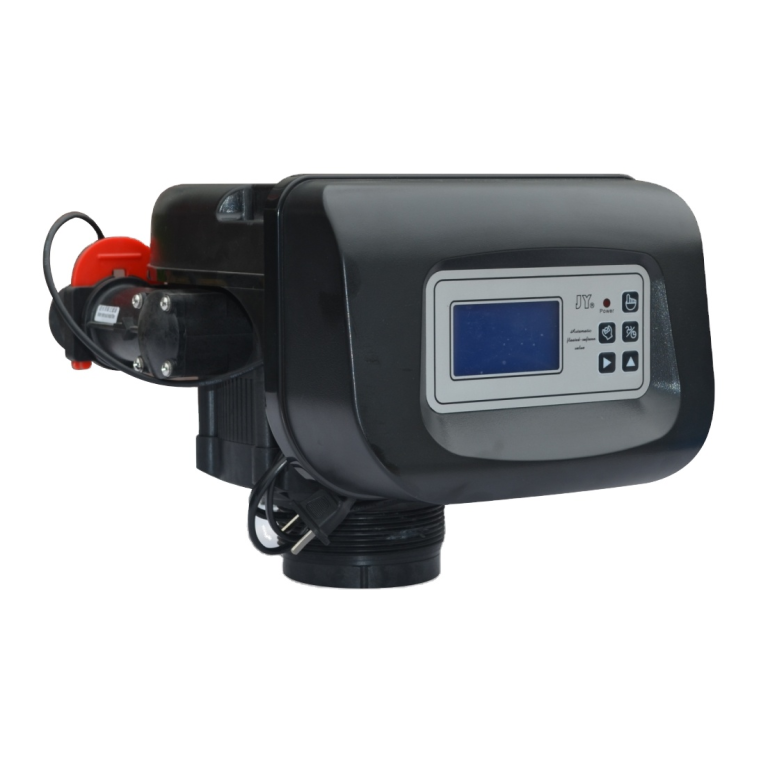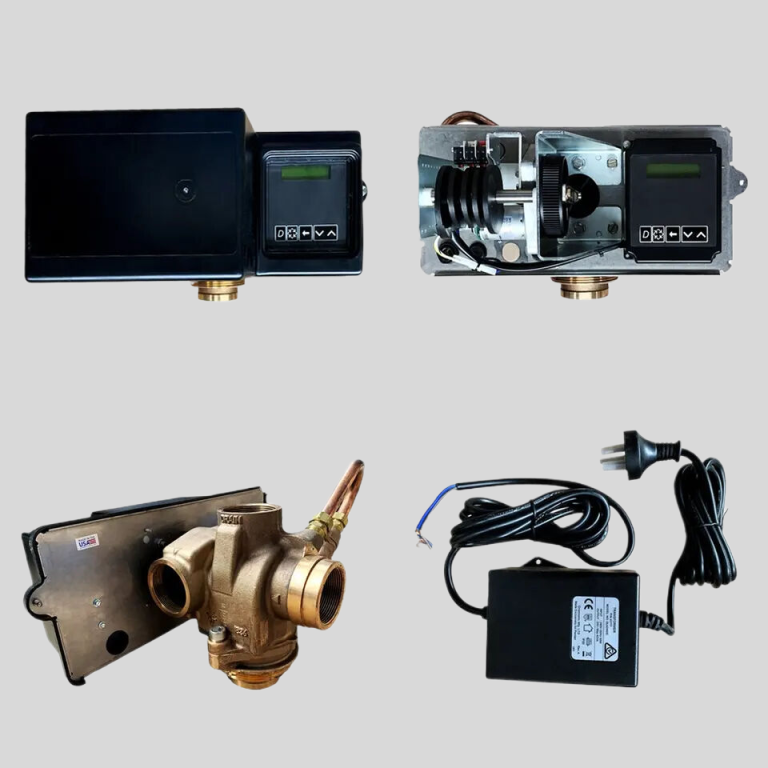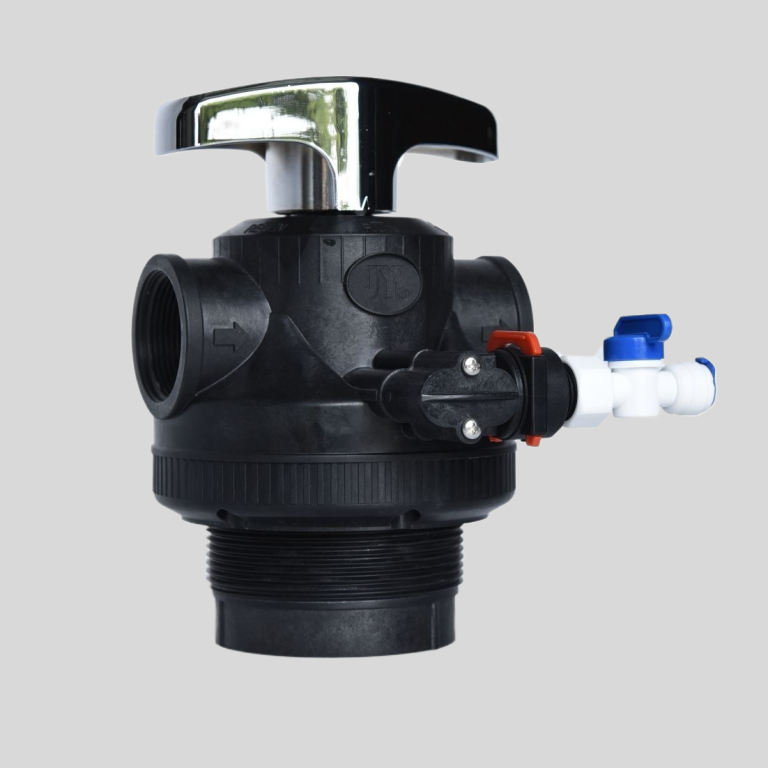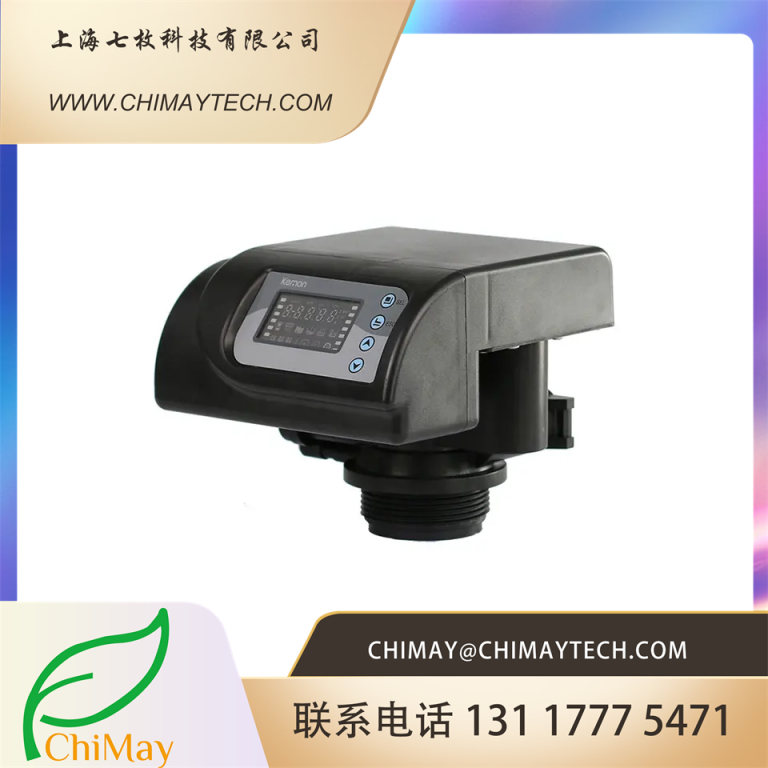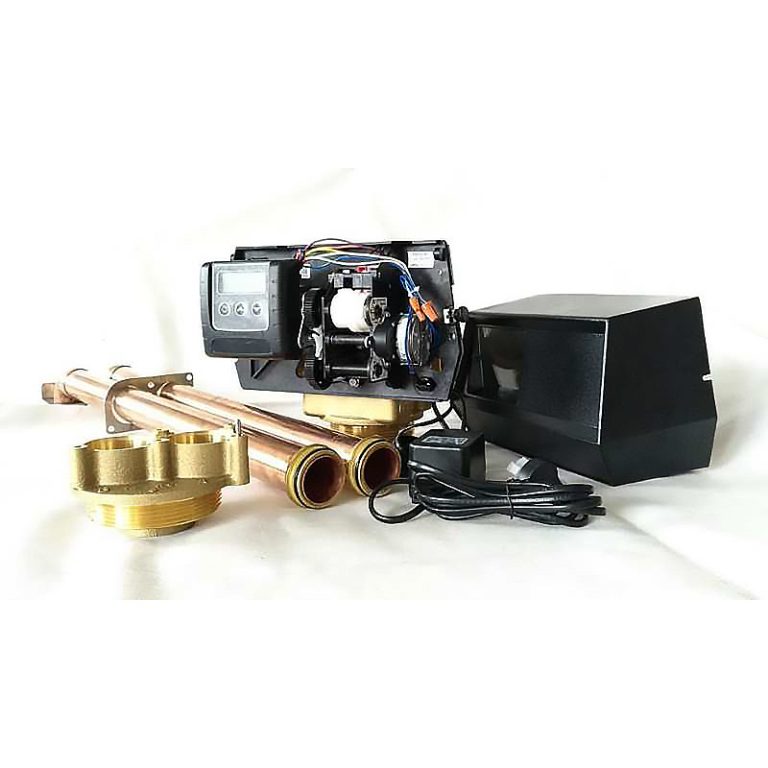How to Troubleshoot Common Issues with Your culligan water softener control valve
If you have a Culligan water softener system in your home, you know the importance of maintaining its control valve to ensure that your water remains soft and free of minerals. However, like any mechanical device, the control valve can experience issues that may affect its performance. In this article, we will discuss some common problems that may arise with your Culligan water softener control valve and provide troubleshooting tips to help you resolve them.
One of the most common issues with a Culligan water softener control valve is a loss of water pressure. If you notice a decrease in water pressure in your home, the first thing you should check is the control valve. Make sure that the valve is fully open and that there are no obstructions blocking the flow of water. If the valve appears to be functioning properly, the issue may be with the resin tank or the brine tank. Check these components for any signs of damage or blockages and clean or replace them as needed.
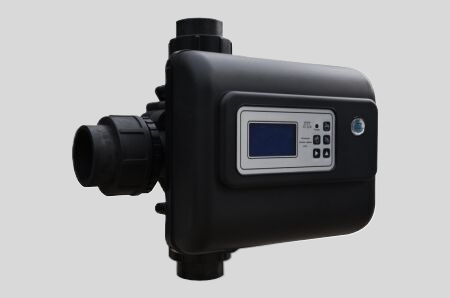
Another common problem with a Culligan water softener control valve is a leak. If you notice water leaking from the valve, it is important to address the issue promptly to prevent water damage to your home. Check the connections between the valve and the resin tank, brine tank, and water supply line for any signs of leakage. Tighten any loose connections and replace any damaged seals or gaskets to stop the leak.
If your Culligan water softener control valve is not regenerating properly, it may be due to a malfunctioning timer or motor. Check the timer settings to ensure that they are programmed correctly and that the motor is functioning properly. If the timer or motor is not working, you may need to replace them to restore proper regeneration of the resin bed.
In some cases, a Culligan water softener control valve may become stuck in a specific position, preventing it from operating properly. If you are unable to move the valve manually, it may be due to a buildup of mineral deposits or debris inside the valve. To resolve this issue, you will need to disassemble the valve and clean it thoroughly to remove any obstructions. Once the valve is clean, lubricate the moving parts with silicone grease to ensure smooth operation.
| Model | Central tube | Drain | Brine tank connector | Base | Maximum power | Operating temperature\\u00a0 |
| 9500 | 1.9″(1.5″) O.D. | 1″NPTF | 3/8″& 1/2″ | 4″-8UN | 8.9W | 1\\u2103-43\\u2103 |
If you are experiencing issues with your Culligan water softener control valve that you are unable to resolve on your own, it may be time to contact a professional for assistance. A trained technician will be able to diagnose the problem and recommend the best course of action to repair or replace the control valve.

